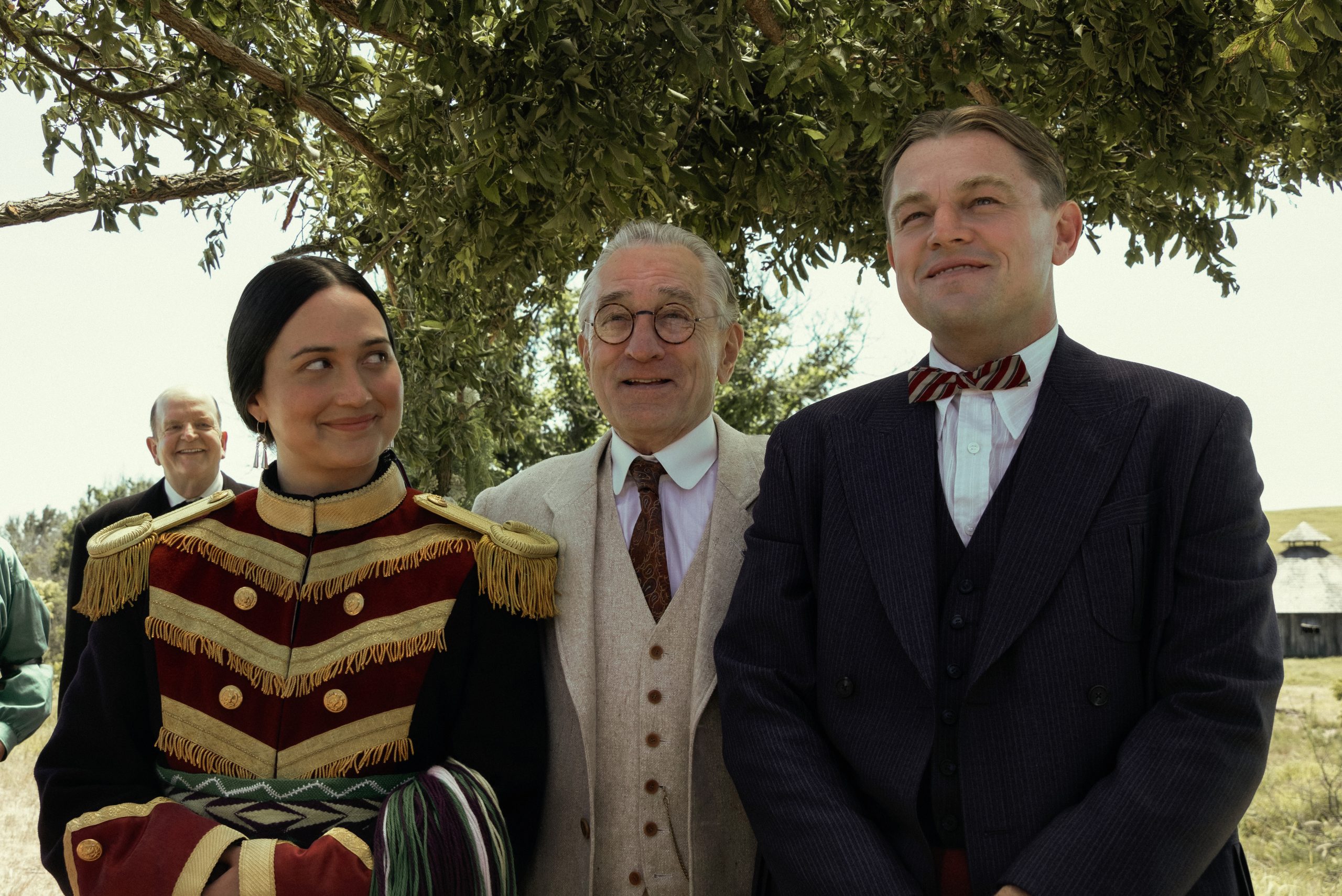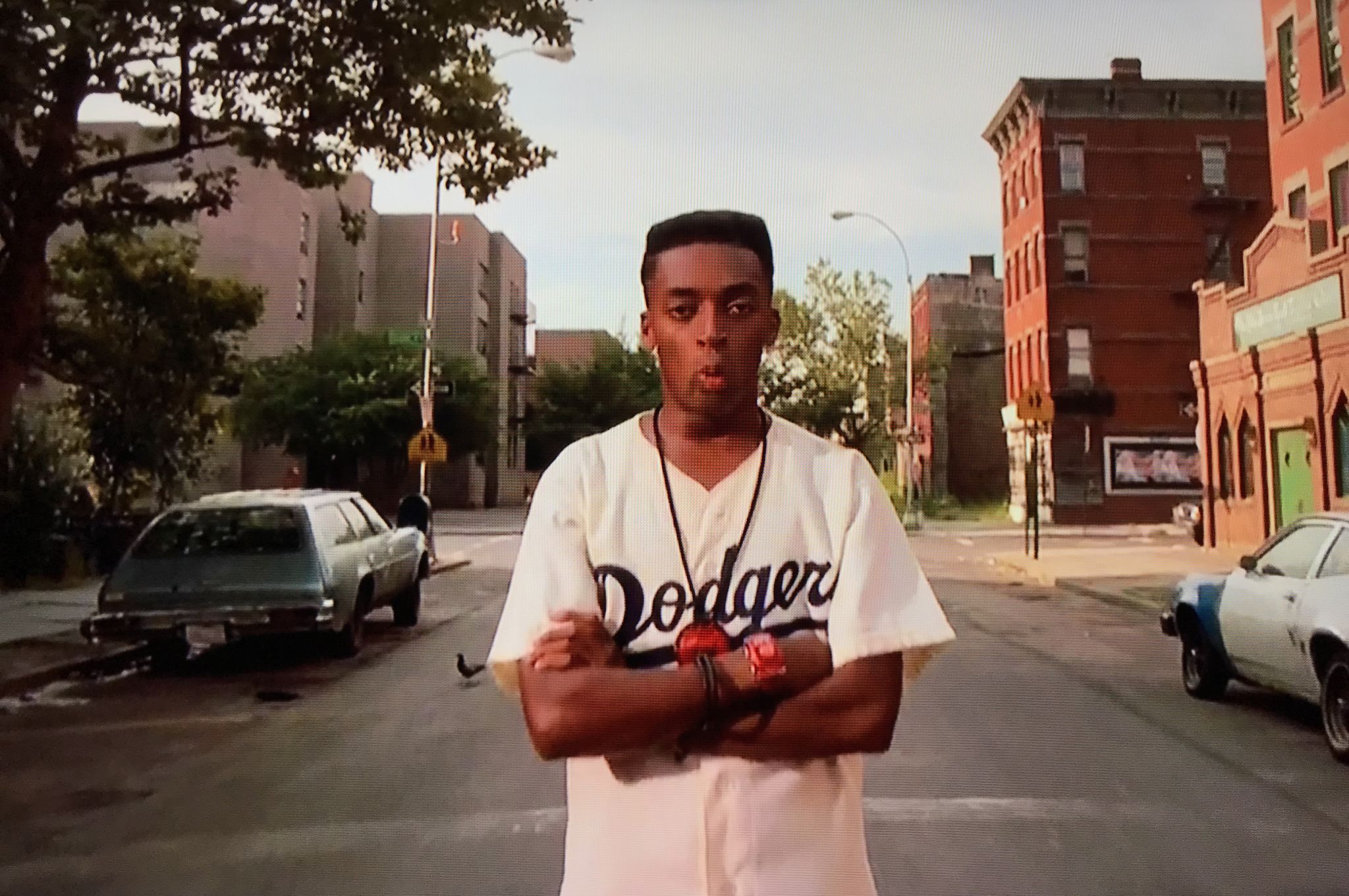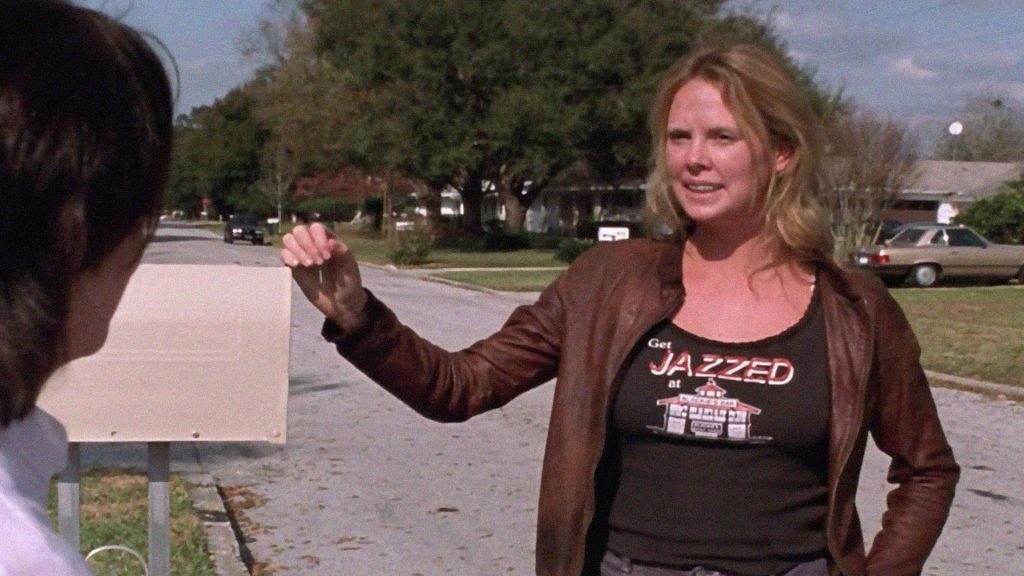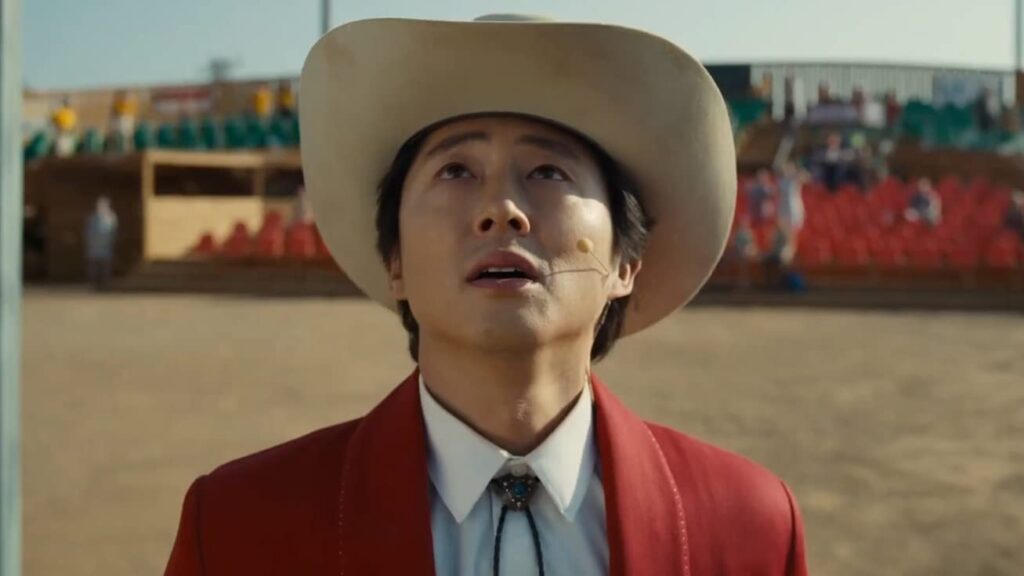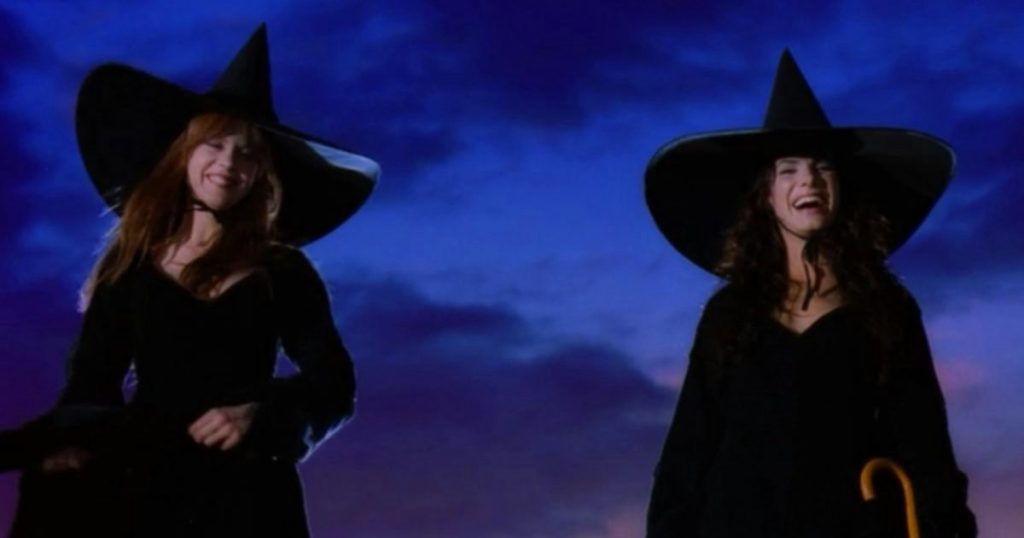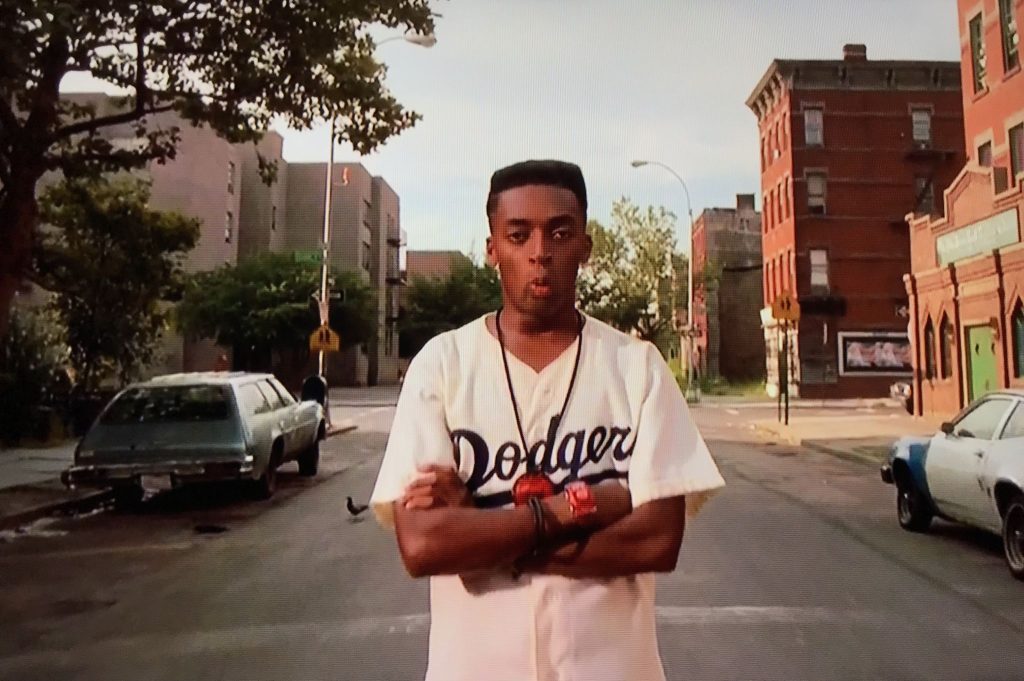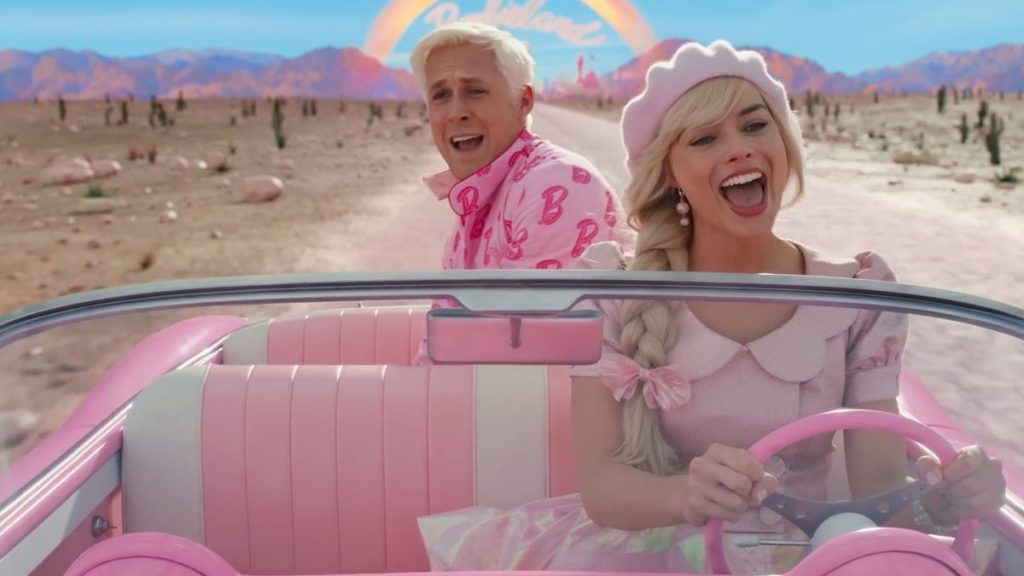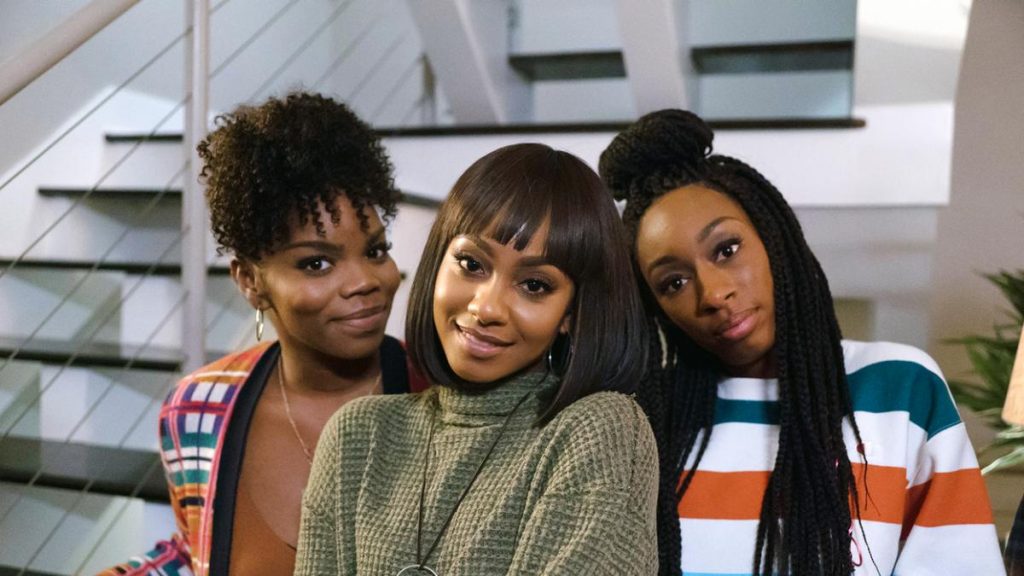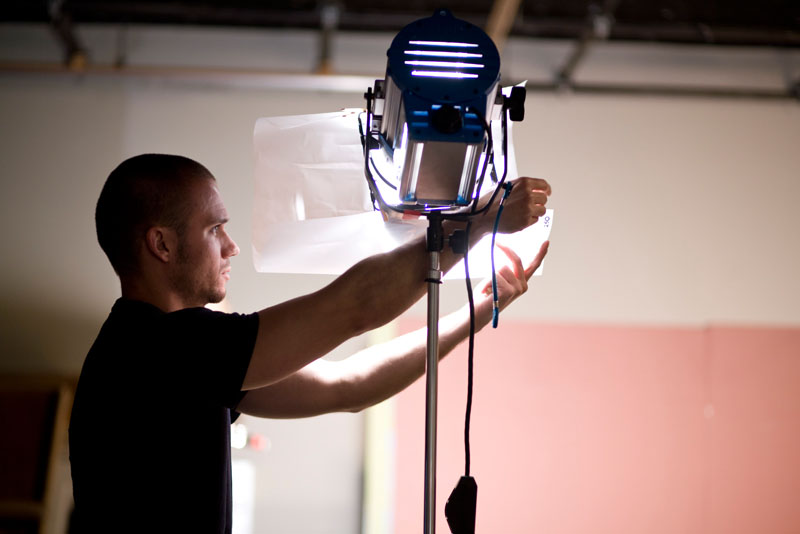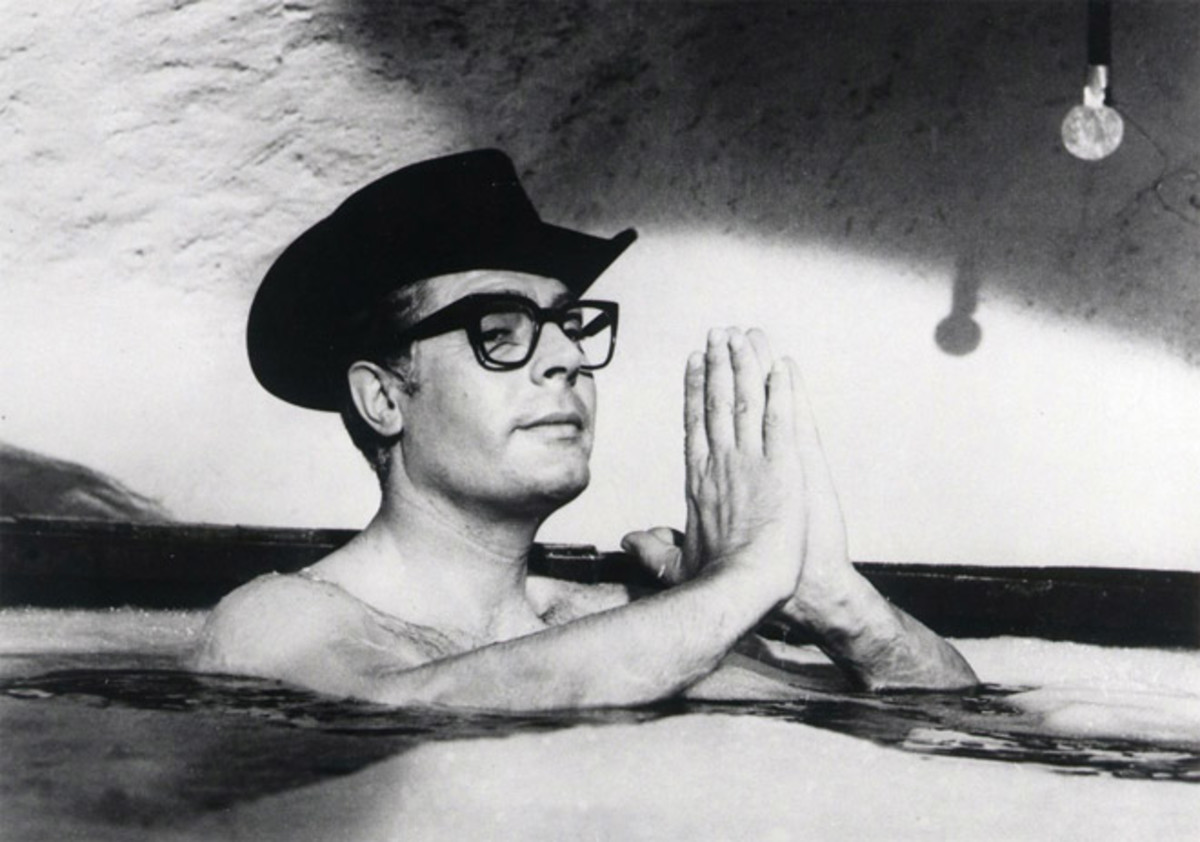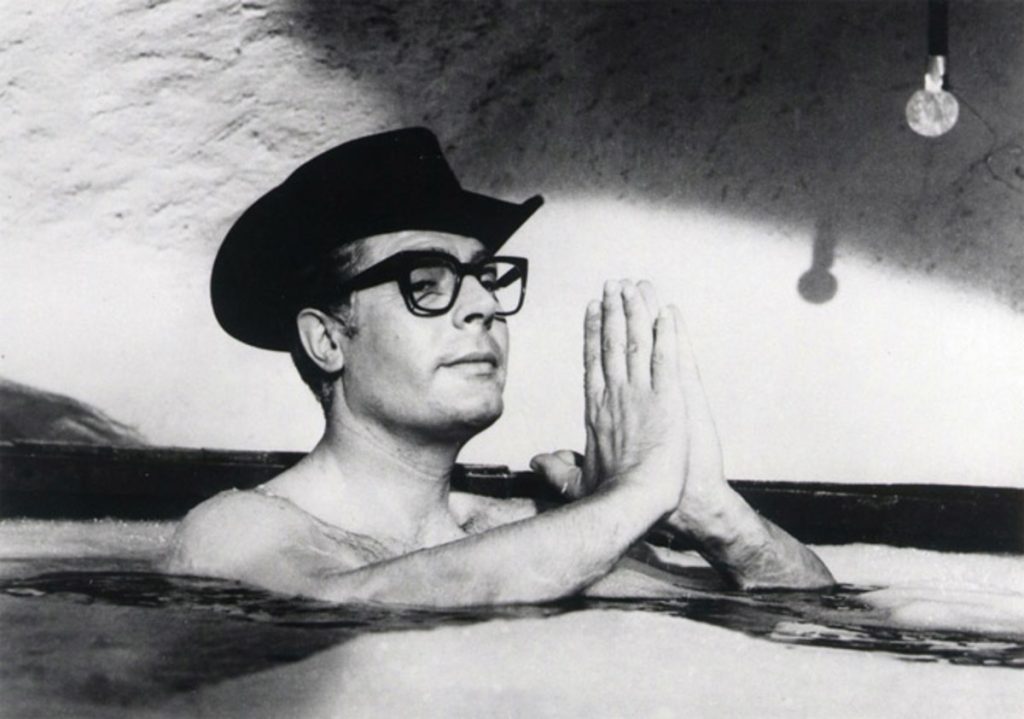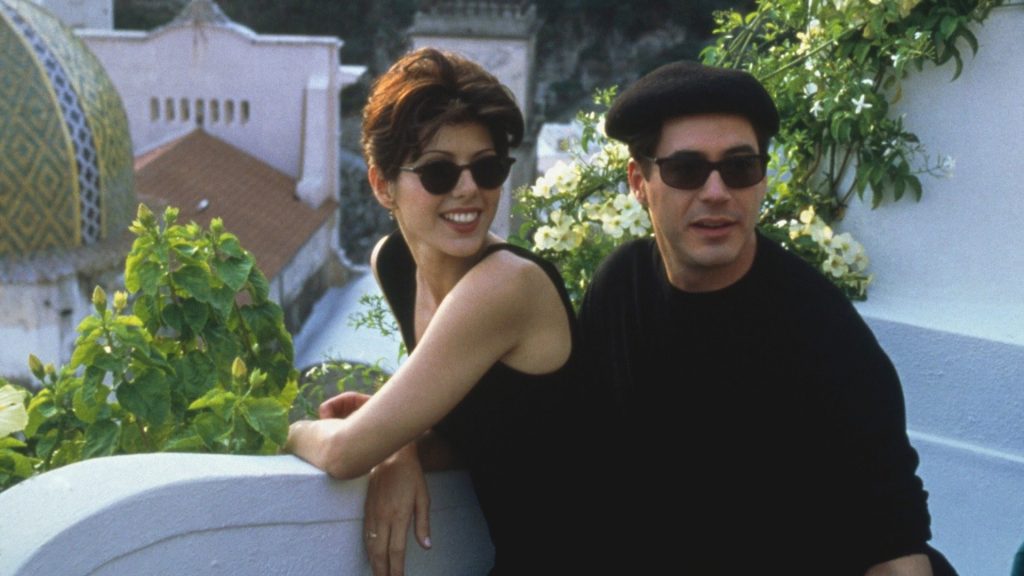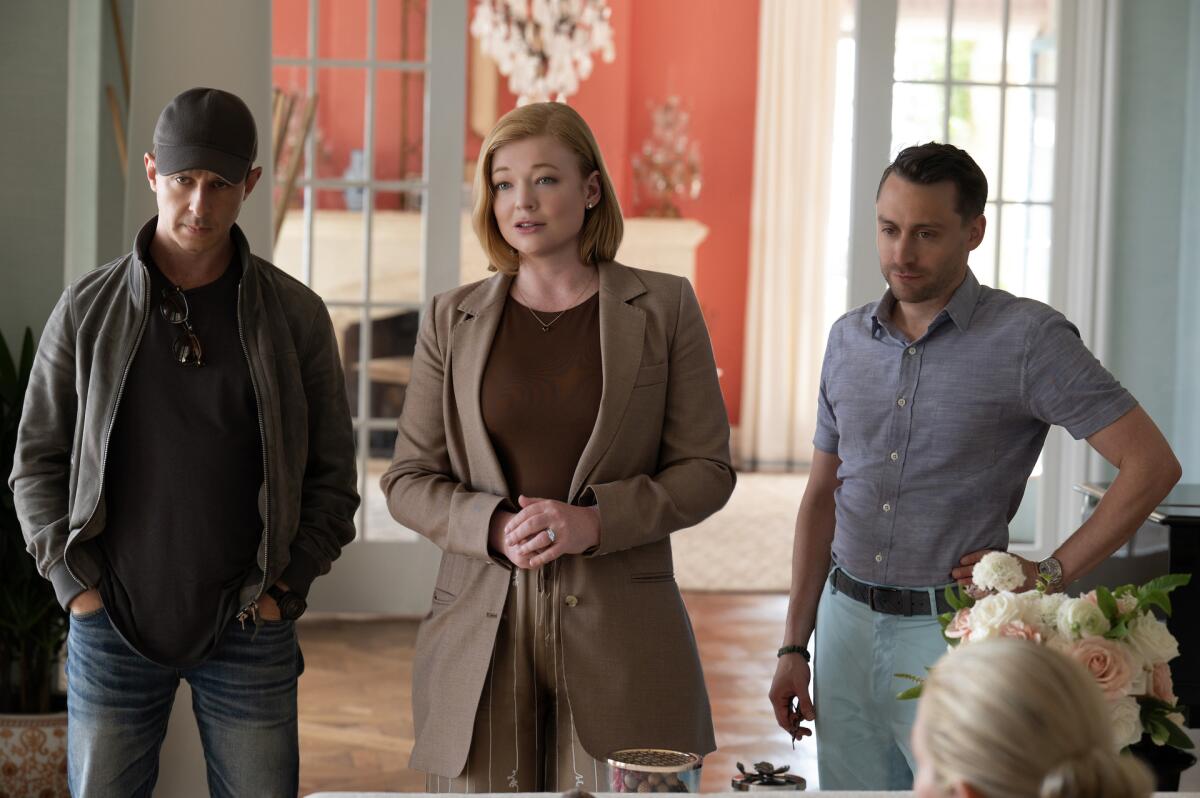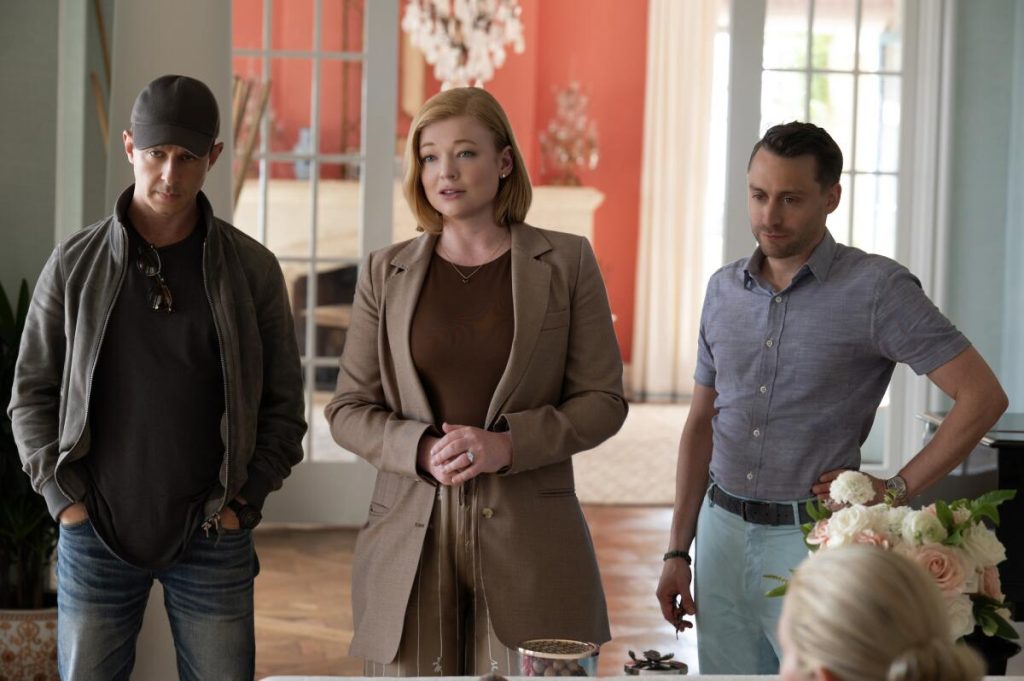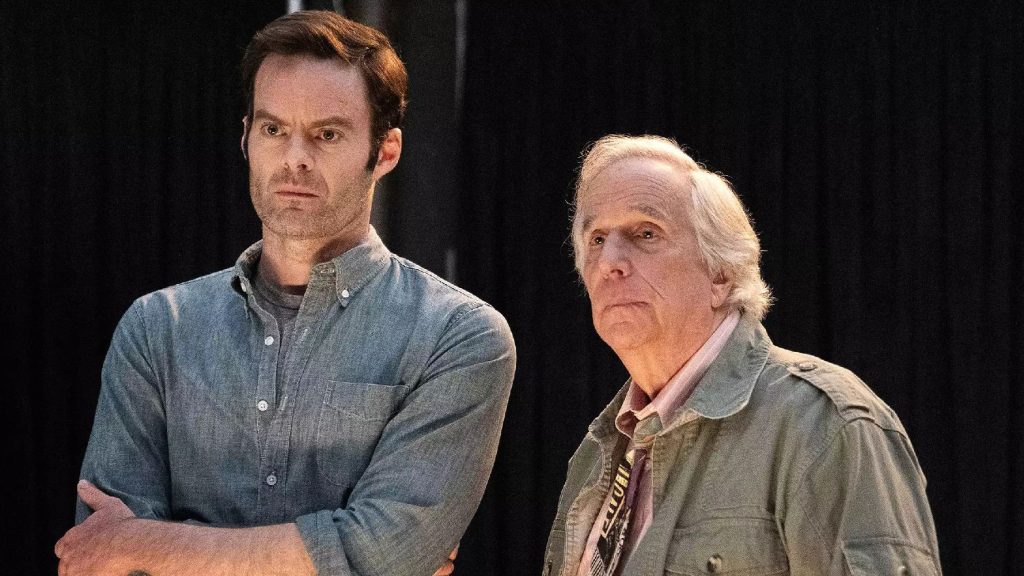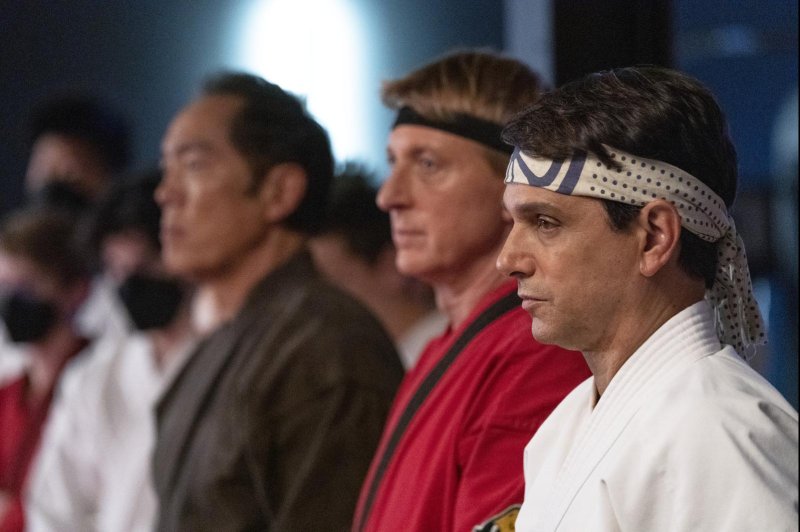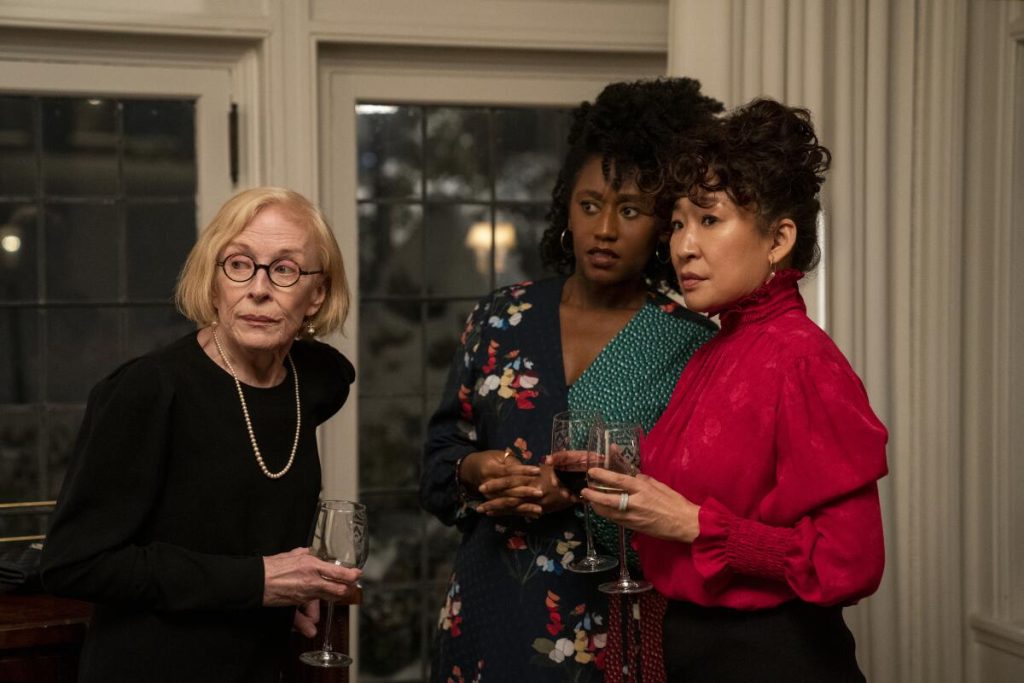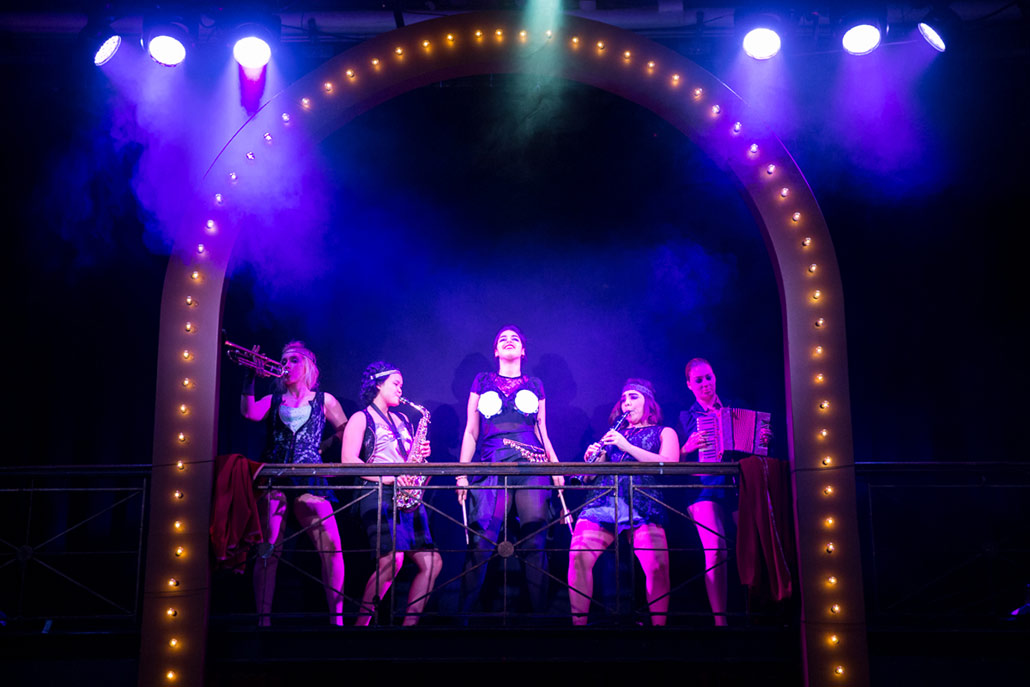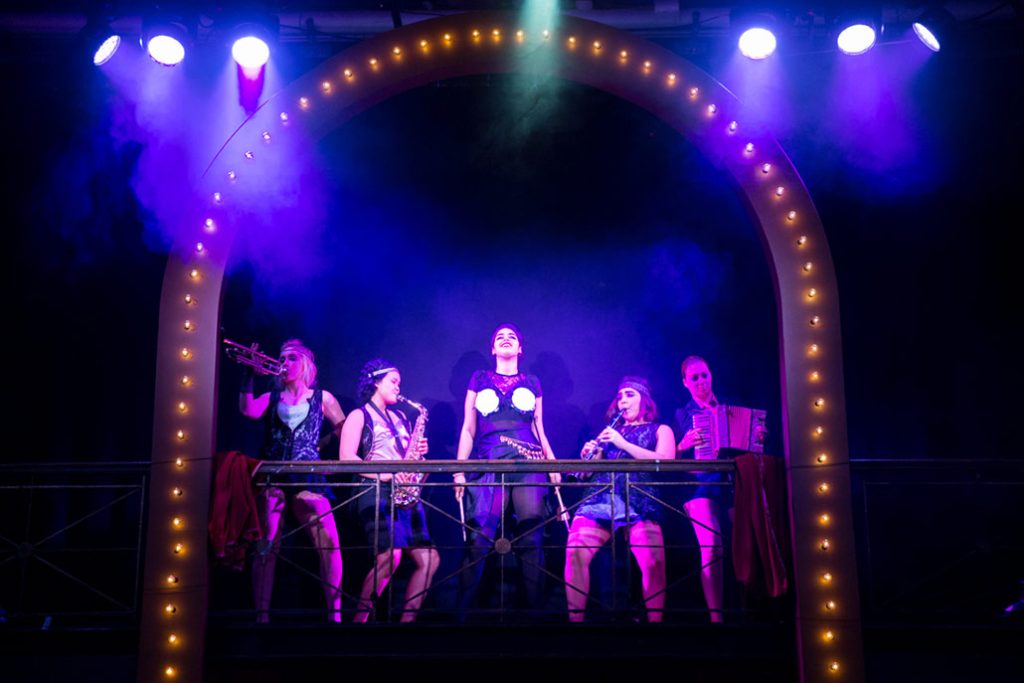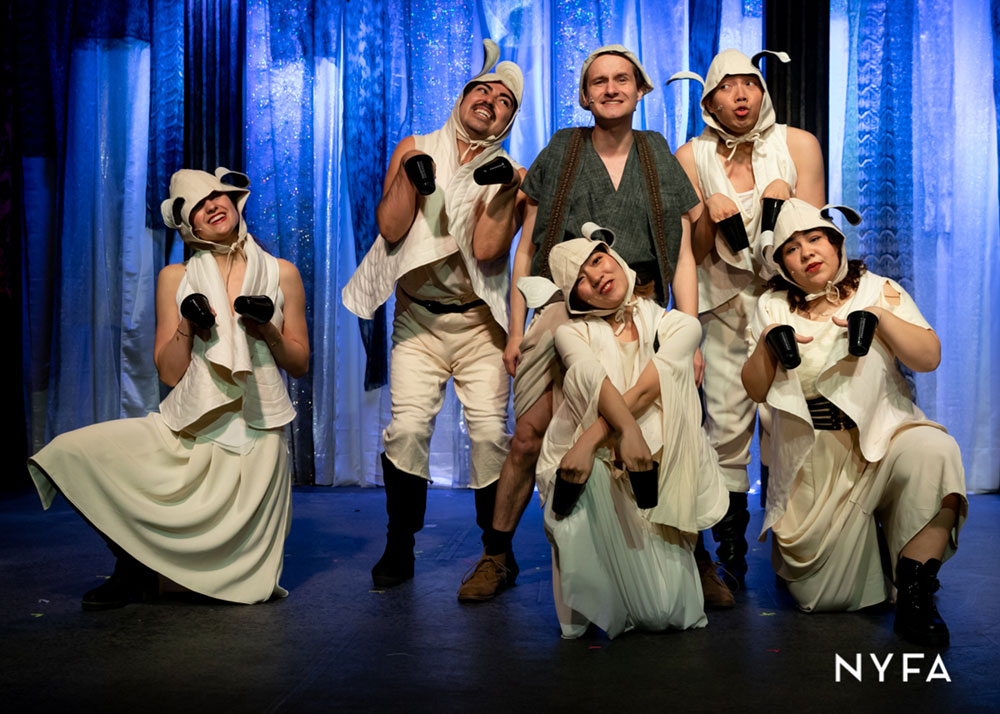A compelling narrative, strong character development, and innovative filmmaking techniques can transcend budget constraints and captivate audiences. However, ample resources can be incredibly helpful, allowing filmmakers to explore grander visions, access top-tier talent, and employ cutting-edge technology to elevate the cinematic experience further.
Projects That Made the Most of Their Monstrous Production Budget
Blockbuster movies make use of their big production budgets in hopes of creating successful and unforgettable entertainment. Below, we have compiled a list of movies from the last two decades with monstrous production budgets that were, arguably used to great effect.
The Little Mermaid
The 2023 filmmaking scene brought in the live-action version of The Little Mermaid starring Halle Bailey. The production expenses for adapting its beloved animated feature surged to nearly $300 million before the film’s official release.
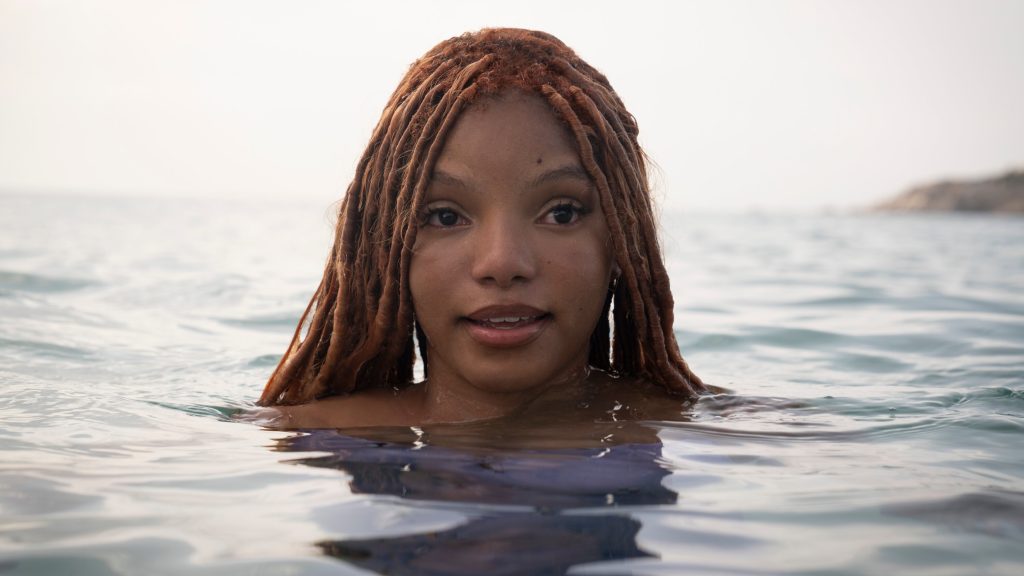
The film, which required several special effects to bring audiences under the water, transformed Bailey into Ariel and Melissa McCarthy into the over-the-top sea witch Ursula, dazzling audiences worldwide. The team responsible for the 2023 adaptation of The Little Mermaid showcased remarkable skill in casting and bringing Ariel to life in a live-action setting.
Image via Digital Spy.
Killers of the Flower Moon
Adapted from David Grann’s non-fiction book, Martin Scorsese’s film Killers of the Flower Moon delves into the 1920s investigations of the murders of numerous Osage people in Oklahoma. This 2023 film had a reported budget of $200 million and reportedly claimed the record for the highest amount ever invested in a film shoot in Oklahoma.
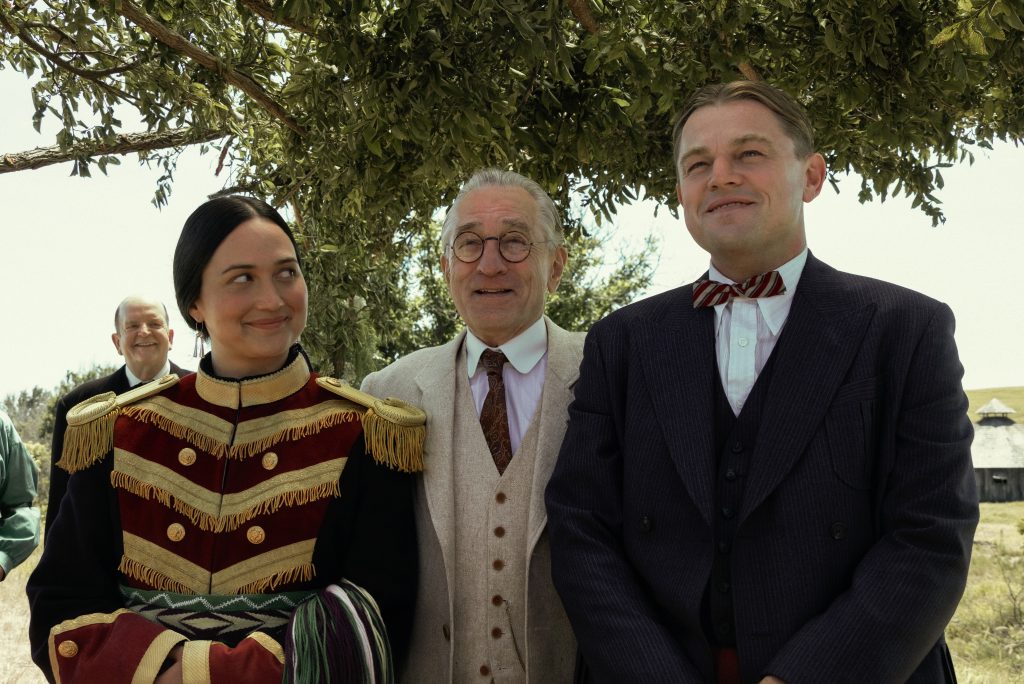
Starring Leonardo DiCaprio, Lily Gladstone, Brendan Fraser, and Jesse Plemons, the Scorsese-directed film already has a 93% score on Rotten Tomatoes. Critics have raved over the cast performances, notably, Brendan Fraser, who adds this film to his list of must-watch performances.
Image via The New Republic.
Barbie
The blockbuster Barbie had a budget of around $300 million, with nearly half allocated toward marketing. The pay-off was huge, as Greta Gerwig achieved a historic milestone as the first woman to solely direct a film that grossed over a billion dollars. With an all-star cast that included Margot Robbie, Ryan Gosling, NYFA alum Issa Rae, and NYFA Guest Speaker Simu Liu, Barbie is a great example of a blockbuster-sized budget put to good use.
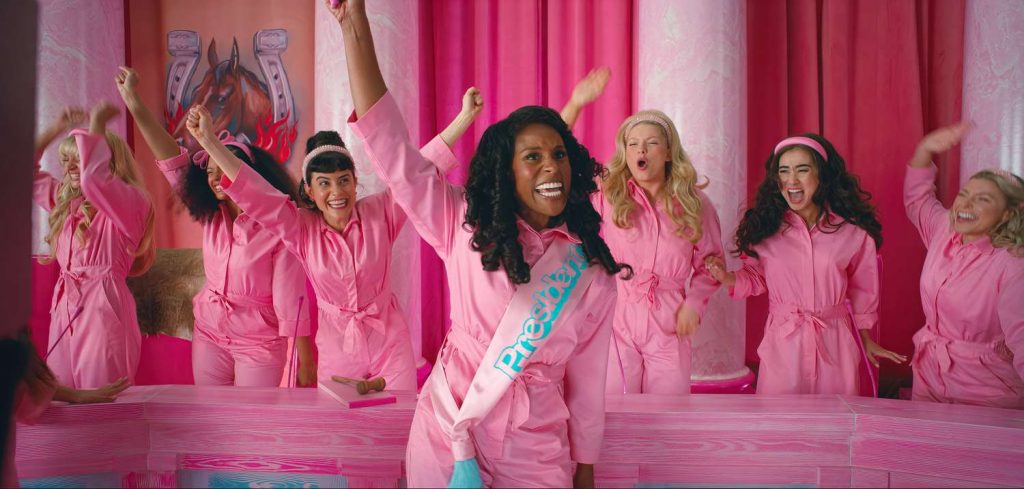
For Warner Bros., the powerhouse behind Barbie, the film is a creative triumph and a shrewd business move. Since unveiling the project, the Barbie brand has seamlessly integrated into cross-promotions with Airbnb, Zara, Crocs, BEIS Travel, and Burger King. The iconic Barbie pink is making a comeback in the realms of fashion and home decor, earning features in prestigious publications like Architectural Digest.
Image via Warner Bros.
Avatar and Avatar: The Way of Water
James Cameron’s Avatar hit the big screens in 2009 and was at the forefront of film technology and motion capture animation. It took Cameron’s team over a year to develop new technology and software for the film’s motion capture. He also employed over 900 people at Weta Digital to work on digital after effects.
![]()
As a result, the cinematography and visuals of both films were incredible, creating a realistic yet magical physical look for a fantastical digital movie. Cameron’s Avatar was the first film to make over $200 billion worldwide and remains one of the highest-grossing films. The long-awaited 2022 sequel, Avatar: The Way of Water, had a production budget of $460 million.
Image via Forbes.
Harry Potter and the Half-Blood Prince
Harry Potter has been a cultural phenomenon that has dominated the last two decades. Harry Potter and the Half-Blood Prince, the sixth series installment, had the largest production budget out of all the movies, estimated at $250 million.
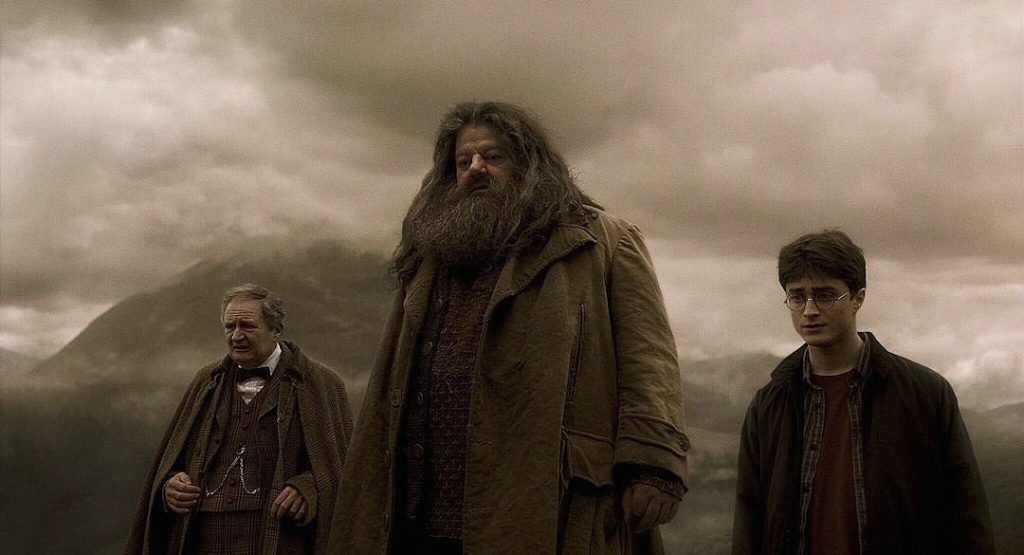
The seventh and eighth installments of the Harry Potter and the Deathly Hallows movie series had a budget similar to Harry Potter and the Half-Blood Prince. Still, because the movie was filmed simultaneously, production costs were cut in half. Harry Potter and the Half-Blood Prince brought in $934.4 billion worldwide.
Image via Screencrush.
The Hobbit: An Unexpected Journey, Desolation of Smaug, and The Battle of Five Armies
The three-part installment of The Hobbit had a whopping production budget of $745 million. It is hard to determine the budget for each individual film because the three films were created simultaneously. Even if the films’ budget could be divided, the films would still be one of the most expensive – both films were filmed in 3D and in 45 frames per second.
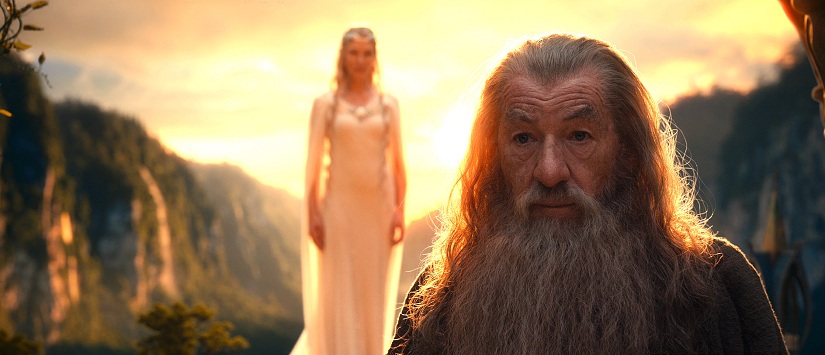
The budget for the original Lord of the Rings trilogy was $281 million and made $2.917 billion worldwide. The monstrous budget for The Hobbit trilogy paid off because the trilogy made $2.932 billion worldwide.
Image via Collider.
Pirates of the Caribbean: Dead Man’s Chest, At World’s End, and On Stranger Tides
Pirates of the Caribbean: Dead Man’s Chest and At World’s End were filmed simultaneously, so it’s hard to determine the exact cost for each film. However, the cost for Disney to film both movies in tandem was an estimated $500 million. A-list actors such as Johnny Depp, Orlando Bloom, and Keira Knightly, coupled with exotic filming locations and special effects, increased production costs.
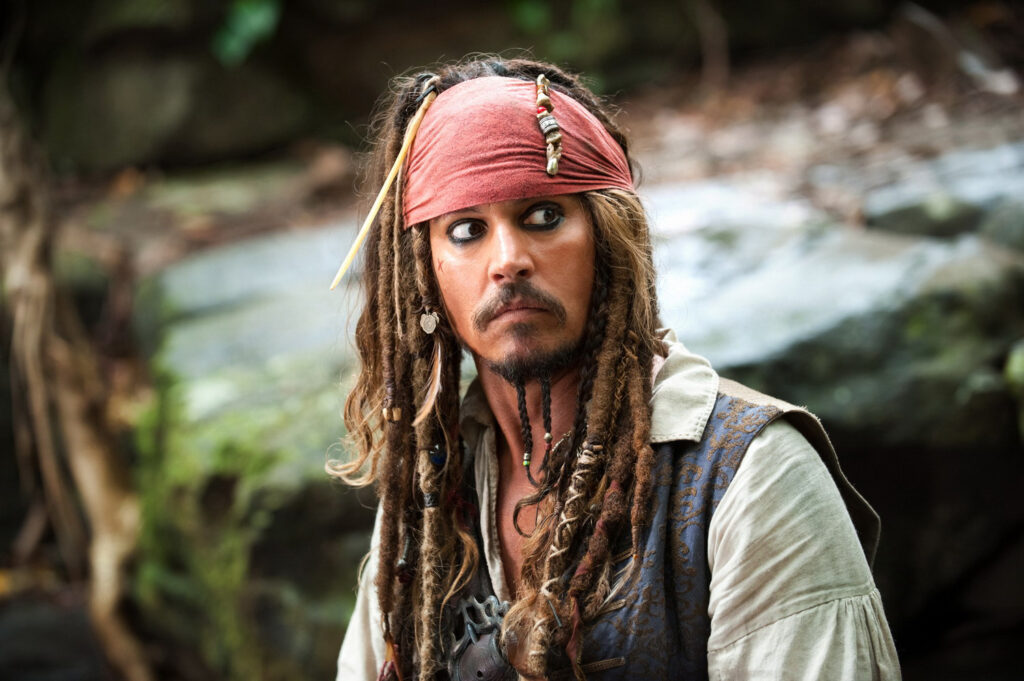 The fourth installment movie, On Stranger Tides, is the first movie in the series to cost more than $400 million. The production team used 1,200 generated sequences, similar to the 3D technology used in Avatar, for special effects. It was confirmed that the total for the production’s budget was $410.6 million.
The fourth installment movie, On Stranger Tides, is the first movie in the series to cost more than $400 million. The production team used 1,200 generated sequences, similar to the 3D technology used in Avatar, for special effects. It was confirmed that the total for the production’s budget was $410.6 million.
Image via Disney Fanatic.
Spider-Man 3
Sony and Marvel’s collaboration on Spider-Man films has brought the iconic superhero to new heights in the cinematic universe. Tom Holland’s portrayal of Spider-Man has resonated with audiences, seamlessly blending action, humor, and heart. This partnership has successfully navigated the challenges of shared storytelling, creating a dynamic and interconnected Spider-Verse that has captivated fans worldwide.
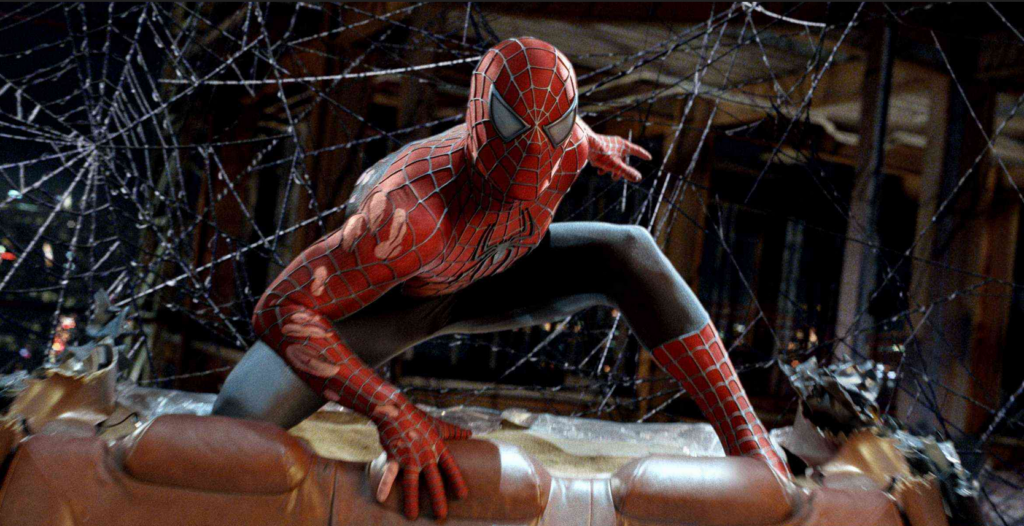
Spider-Man 3, not to be confused with The Amazing Spider-Man, featured Tobey Maguire as the web-slinging hero of New York City. In the third installment of the series, Spider-Man faces three villains: Sandman, Venom, and Harry Osborne, also known as New Goblin. The movie was filmed in Los Angeles, Cleveland, and New York City. Multiple filming locations could have been attributed to a higher budget.
Sony Productions confirmed that the movie’s production budget was $258 million, and the movie grossed $890.9, leading Spider-Man 3 to be the most successful movie out of the three-movie installment financially. But Sony Pictures and the movie’s director, Sam Raimi, had a falling out, and Sony cut ties. The falling out with Raimi led Sony to reboot the series five years later, using Andrew Garfield as the leading man.
Reportedly, Spider-Man: No Way Home, starring Tom Holland, had a production budget of $200 million, a figure that might surprise considering the cast and special effects needed to bring the story to life.
Image via Rotten Tomatoes.
Tangled
Who doesn’t love a good animated film? Disney’s 2010 musical comedy featured the first princess to be rendered in 3D, not 2D (Rapunzel). It is estimated that the movie production budget was around $260 million, making Tangled one of the most expensive animated films.
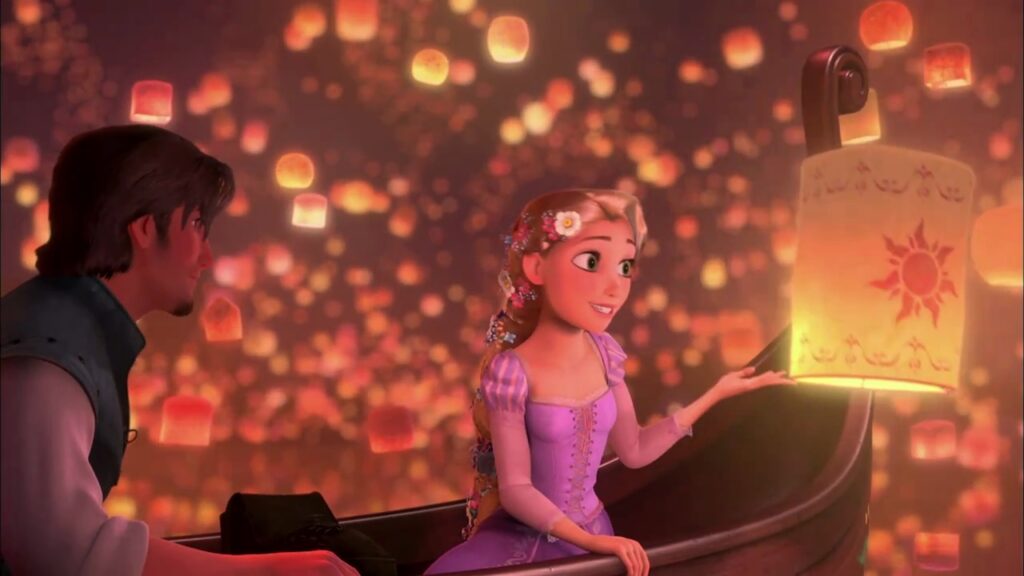
Two reasons why the budget was so high: 1) the movie was in production for six years, and 2) the production team developed a state-of-the-art program to code how Rapunzel’s hair should move and behave in water. The animated film made $591.8 million worldwide; it was nominated for two Golden Globes and an Oscar and won a Grammy for “I See the Light.”
Image via TierMaker.
Build Fundamental Skills in Producing at NYFA
While substantial movie budgets can undoubtedly enhance the visual spectacle of a film, the essence of a good film lies in its storytelling and creative execution. A successful Producer knows how to leverage both – a good story and a production budget – to bring films to life. At NYFA, students complete hands-on projects and real-world exercises, such as pitches, distribution, finance, and marketing plans that help them make the most out of their films.
Ready to learn more? Read more about NYFA’s producing programs and the new Online Master of Arts (MA) in Entrepreneurial Producing and Innovation program today!

